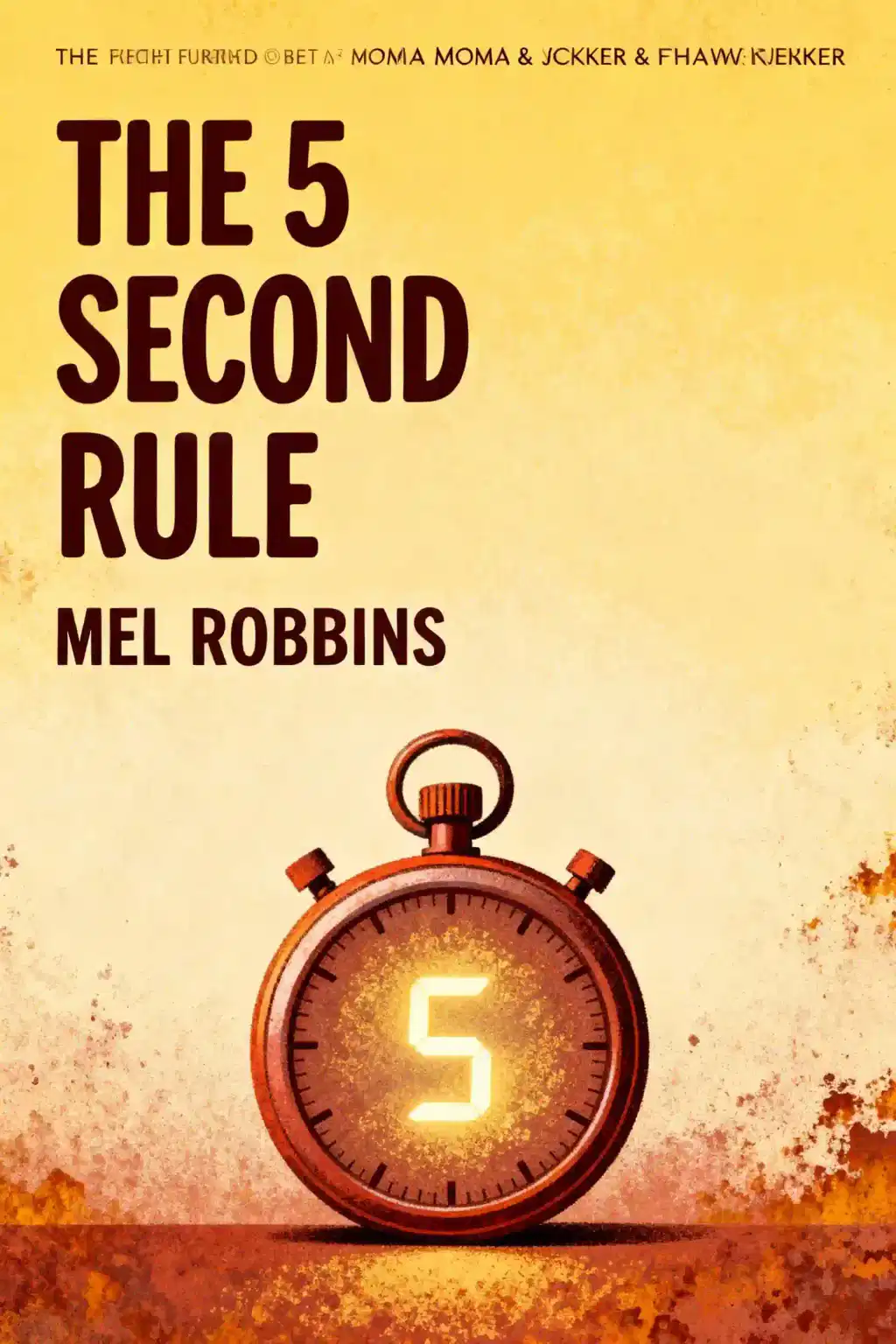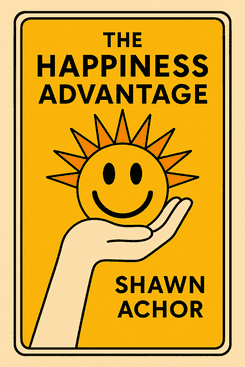What is
The High 5 Habit by Mel Robbins about?
The High 5 Habit introduces a simple daily practice of high-fiving your reflection to combat self-criticism and build self-compassion. Mel Robbins combines neuroscience, personal stories, and actionable strategies to help readers silence negative inner dialogue, boost confidence, and create lasting behavioral change. The habit aims to rewire your brain to focus on encouragement rather than self-doubt.
Who should read
The High 5 Habit?
This book is ideal for individuals struggling with self-esteem, motivation, or anxiety, as well as anyone seeking practical tools for personal growth. It resonates with self-help enthusiasts, professionals facing burnout, and fans of Mel Robbins’ previous work, like The 5 Second Rule. The strategies are particularly useful for those seeking mindset shifts in careers, relationships, or daily habits.
Is
The High 5 Habit worth reading?
Yes—the book offers science-backed, easy-to-implement techniques for improving self-talk and confidence. With over 41 language translations and millions sold, its global impact underscores its value. Readers praise its relatable anecdotes and actionable steps, though critics note its simplicity may not address deeper psychological issues.
What is the main concept in
The High 5 Habit?
The core idea is a morning ritual: high-fiving your mirror reflection to disrupt negative self-talk and foster self-support. Robbins explains how this act activates neural pathways linked to encouragement, creating a “habit of belief” that improves decision-making and resilience. The practice builds on principles of neuroplasticity and behavioral psychology.
How does
The High 5 Habit help with anxiety?
By replacing criticism with self-acknowledgment, the habit interrupts anxiety-inducing thought cycles. Robbins cites studies showing how consistent self-affirmation lowers cortisol levels and improves emotional regulation. The physical act of high-fiving triggers dopamine release, creating a positive feedback loop for mental health.
Can
The High 5 Habit improve relationships?
Yes—Robbins argues that self-compassion directly enhances interpersonal connections. By cultivating self-acceptance, readers develop healthier boundaries, reduced projection of insecurities, and increased empathy. Case studies in the book show improved marital communication and workplace collaboration among practitioners.
How does
The High 5 Habit differ from Mel Robbins’
The 5 Second Rule?
While The 5 Second Rule focuses on action initiation to combat procrastination, The High 5 Habit targets self-perception and inner dialogue. The newer book emphasizes emotional resilience over task completion, using neuroscience rather than behavioral triggers as its primary framework.
What are key quotes from
The High 5 Habit?
- “You can’t hate yourself into a better life” – challenges perfectionism.
- “Your reflection is the most important relationship you’ll ever have” – underscores self-compassion’s role.
- “Celebration isn’t the reward—it’s the requirement” – reframes success psychology.
What are common criticisms of
The High 5 Habit?
Some reviewers argue the method oversimplifies complex mental health issues, while others find the mirror exercise awkward or culturally specific. Critics also note overlap with Robbins’ earlier work, though fans appreciate the deepened focus on self-image.
How to apply
The High 5 Habit in daily life?
- Morning ritual: High-five your reflection immediately after waking.
- Midday check-ins: Use the gesture during stressful moments.
- Journaling: Pair the habit with writing one self-acknowledgment daily.
Robbins recommends 66 days for full habit formation, citing habit-loop research.
Why is
The High 5 Habit relevant in 2025?
Amid rising rates of anxiety and burnout, the book’s focus on self-compassion aligns with 2025’s mental health trends. Its simplicity suits time-constrained professionals, while the tactile ritual counters screen-dominated routines. Robbins also addresses remote work challenges and social media comparison culture.
Books similar to
The High 5 Habit
- Atomic Habits by James Clear (systems for behavior change)
- Daring Greatly by Brené Brown (vulnerability and self-acceptance)
- The Gifts of Imperfection by Brené Brown (self-compassion frameworks)
- Think Like a Monk by Jay Shetty (mindfulness practices)














